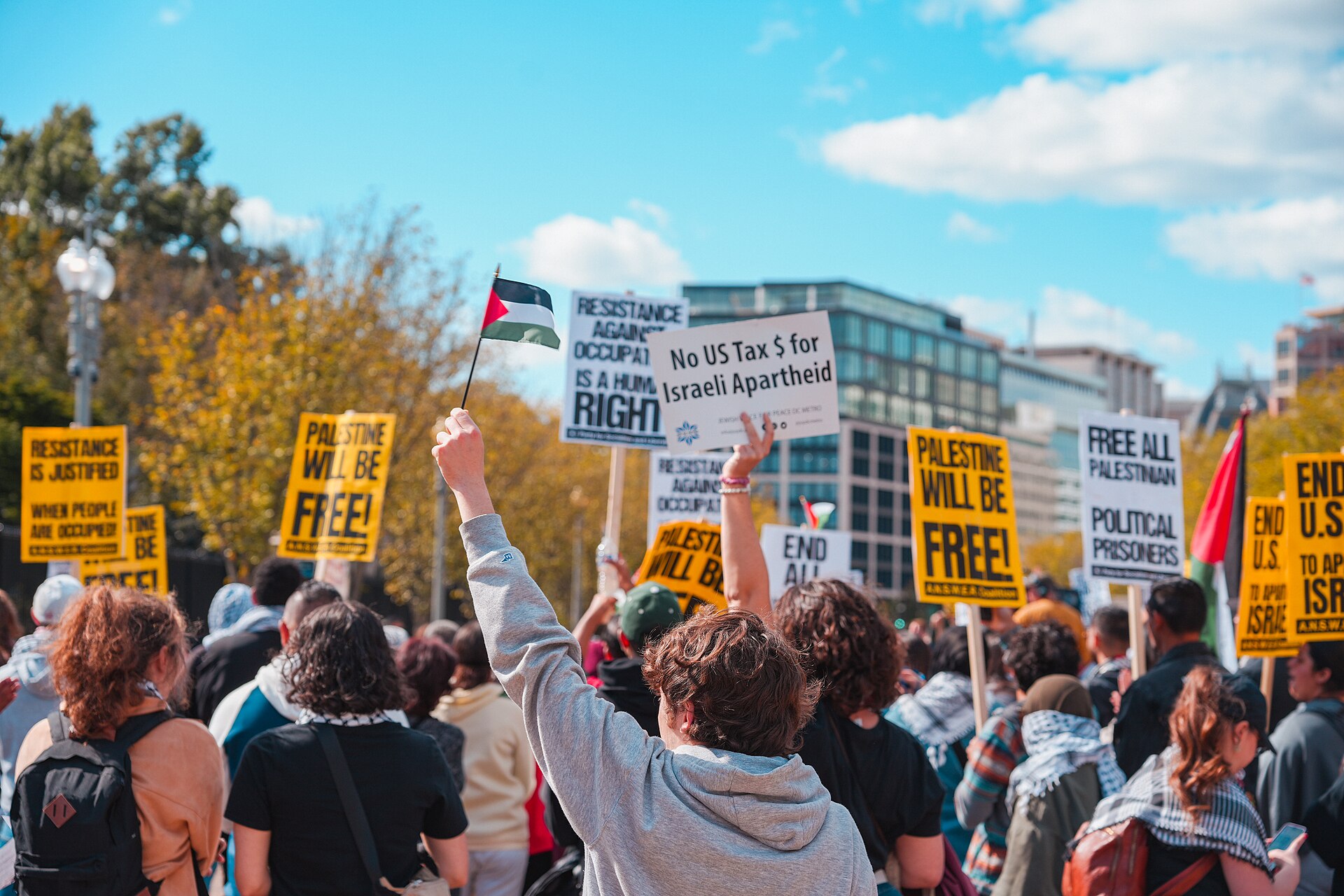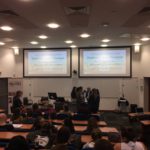
I will preface this article by saying I don’t have an exact answer to this question, but rather I will try my best to explore different cases and pose some questions about the instances in which we have seen the influence of social media on global conflicts. Social media has become an essential part of our lives, which influences us in unprecedented ways. This influence has and will continue to seep into politics. Conflicts are not usually the most recognised area where this happens, however it is an area that I feel we will slowly find is becoming more and more interlinked with social media.
The murder of George Floyd (caught on video) doesn’t follow the traditional idea of conflict, but resulted in different displays of conflict: protests and demonstrations (that in some cases ended in physical conflict), conflict between what we knew of racism within history, and most importantly, conflict within civil systems and actions they deem acceptable. The initial 2020 lockdown made clear the way in which media can spread like a wildfire and reach people around the world at an unprecedented rate. This was shown through George Floyd’s murder being broadcasted around the world leading to at least 23.2 million people watching Derek Chauvin’s trial verdict, which indicates that countless many more people saw the original video. This video was the catalyst for the re-evaluation of racism, police profiling and the legacy of colonialism around the world. One video published on social media led people across the world to start rallying for change within their countries and civil service systems.
During this time, we also saw many individuals using social media to express their opinions and viewpoints on the matter, leading to more people being involved in and learning about contemporary politics. This time could be said to be one where many people became more aware of how political day-to-day life is, and where they started recognising the impact they can have in their own communities by being actively involved in politics. However, due to the nature of social media, anyone could put their views out into the open. This includes hateful views and because social media is so free, it can be difficult to control the content uploaded. Anyone can share almost anything (even if it gets removed, it will still be up for some time), including statements and opinions that can be the cause or part of conflicts, which leads into my next case.
Extremist groups’, such as ISIS and Al Qaeda, use social media to recruit people and spread of terror through ‘extend[ing] beyond a geographic battlefield, bridging traditional war tactics to disseminate brutality online’. The groups would post gruesome videos to try and attract new recruits into its caliphate, but also spread their message of violence and terror around the world. The groups managed to weaponise social media as a new form of brutal but wide-reaching propaganda, so that everyone was aware of what they were doing. Furthermore, the nature of the platforms they were using (such as YouTube and Twitter) meant it was very easy to stumble across such videos.
In my opinion, Al Qaeda and ISIS’ similar use of social media as a propaganda and recruitment tool was one of the initial uses of social media in conflicts and set the stage for other actors to do the same. They showed how easy it was to convince people around the world of their cause, in a way that disrupted how we think about warfare, inter-state war, and how psychological warfare are all changing alongside technology.
Currently, we can see how social media is being used in the Israel-Palestine conflict. Both actors are using social media to try and justify their actions to the world and show the other as the ‘evil’ one. The plethora of media attention, videos and statements being released all lead to many different viewpoints, perspectives and information surrounding the current conflict. This means that we are constantly reading new information and watching new videos that are all showing different angles of it, which can be beneficial, as we are opened to the realities of the war. But what happens when these videos are used by both sides? Or AI is being used to create false media to villainise the other side? And most importantly, how do we know what is real and what isn’t?
In 2022, at the beginning of the Ukraine-Russia conflict, we saw many videos that we thought were of the conflict but that were from Crimea in 2014, Palestine or Lebanon, showing just how easy it is to be fooled by media. What is there to say that isn’t happening again? Or that some videos are being manipulated? When we see so many videos about conflict, we start to lose the ability to stop and think critically about them because we are so shocked and desensitised about their content (especially on social media platforms like TikTok). Is this trend of decreasing analysis of videos we see being used as a political tool?
This all leads to show that social media plays more of a role than one would initially think, as under the surface there are a lot of ways in which it can change the political scene. This then leads to the question of whether this is all intentional, or if it is just a useful by-product of the age of technology that we are currently in. Nonetheless, I think that the main thing social media brings to conflicts is that it transforms them into a global issue. Regardless of if the conflict itself is domestic, it becomes an international conflict as more and more people around the world engage with it.
Image: Ted Eytan, 2023//CC BY-SA 2.0 DEED



Average Rating